-
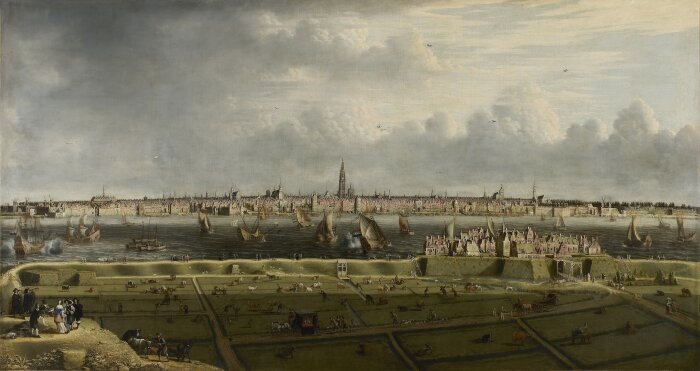 View on Antwerp's Port, c.1658, Jean-Baptist Bonnecroy
View on Antwerp's Port, c.1658, Jean-Baptist Bonnecroy -
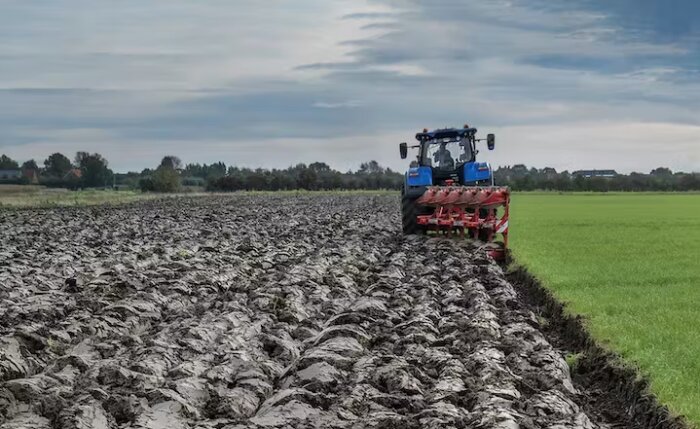 Modern tractor ploughing, picture by STAM Ghent
Modern tractor ploughing, picture by STAM Ghent
Conference 'Feeding the citizens?'
When: 11 & 12 April 2024
Where: STAM Ghent, Godshuizenlaan 2, 9000 Ghent (Belgium)
Preliminary programme is online.
Crossing present-day debates on land-based food supplies with different configurations of urban land and landownership in the past, this conference welcomes contributions from different geographic regions and different time periods, and how such experiences might find inspiration in the past.
Not so long ago, agricultural land was by far the most important of capital. Starting in the 19th century, this value collapsed dramatically - according to Thomas Piketty from 300% of the annual national income (in Britain and France) in 1800 to a meagre 1% or less in 2000. But today, the ‘age of cheap land’ might be finally over, as concerns over food production in the wake of climate change and conflict, as well as the increasing scarcity of land as a whole, clearly pushed the price of agricultural land higher again in the past decade.
Given the importance of agricultural land as capital it is no wonder that urban based institutions and families accumulated more and more agricultural land as time progressed. In highly urbanized regions like the Low Countries or Italy, urban monasteries, churches, and charitable institutions easily controlled 20 to 30 percent of the land in the wide surroundings of the city, and this share was matched by private owners. Not only elite families invested heavily in agricultural land: as many urban dwellers had roots in the countryside, they might have inherited some land from their relatives in the countryside. Historians have analysed the urban landownership on the countryside as a formidable driver of rent extraction and capital accumulation (Braudel’s famous ‘Trahison de la Bourgeoisie’). However, such a capital-oriented view of urban landownership might not do justice to the actual meaning of farmland for urban inhabitants and institutional landowners.
At a moment when both the financialization of urban real estate and the market-dependency of urban food supplies are hotly debated, this workshop aims to question the alternative and complementary functions of urban land and landownership:
- How important was urban ownership of (farm-)land? Who owned farmland? Only institutions and the upper class? Or also middling groups or commoners?
- Did farmland generate direct flows of food ‘from farm to fork’, either on a structural base or in times of food crises (food security)?
- How important were these land-based food supplies for the food-provisioning of cities?
- Which other functions did urban farmland have (ex. As leisure and holiday estate, for social prestige, as capital buffer in times of crisis etc.)?
- What was the impact of urban land and landownership for the rural economy? Did urban capital spur agricultural innovations or scale enlargement? Did urban landownership act as insurance mechanism (ex. rebuilding farms after calamities)?
- Did urban landownership help to strengthen the bounds between farmers and the city? How did these bounds materialize? By providing easier access to the city?
Registration has opened!
Click here to go to the registration page.
Preliminary programme: click here.
-
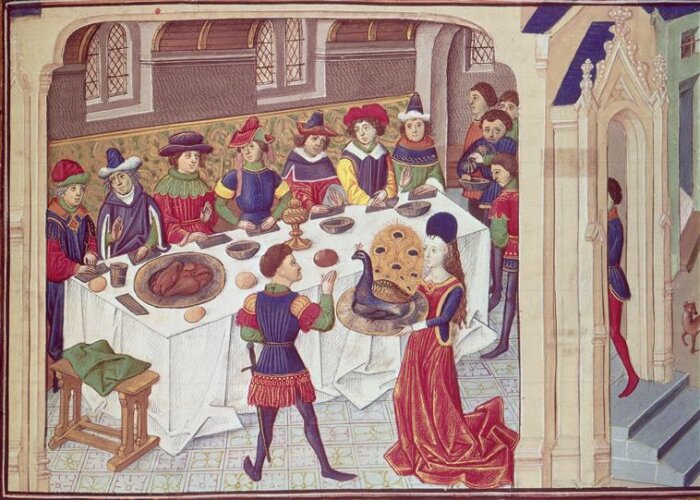 Banquet Vows of the Peacock, c. 15th C., Anonymous
Banquet Vows of the Peacock, c. 15th C., Anonymous -
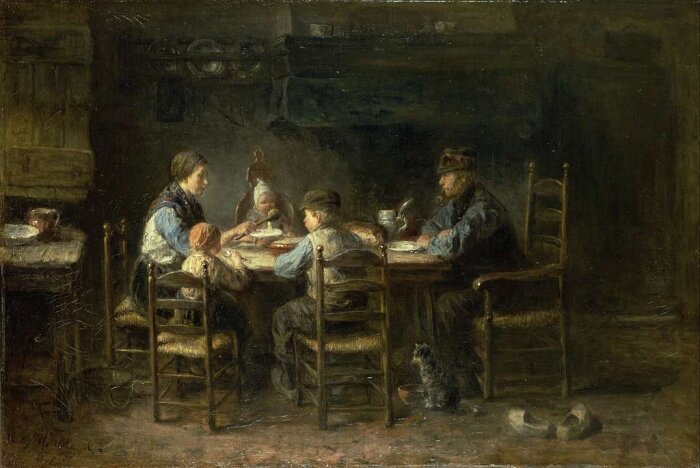 Peasant family at the table, c.1882, Jozef Israels
Peasant family at the table, c.1882, Jozef Israels -
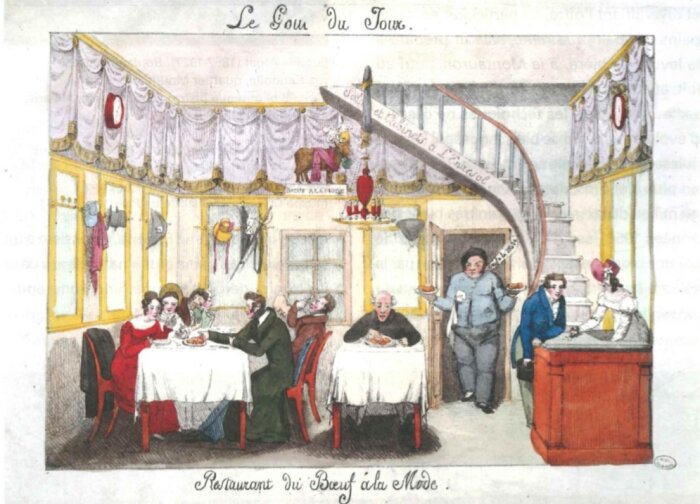 Le Goût du jour - Restaurant du Boeuf à la Mode, c.19th C., Paris
Le Goût du jour - Restaurant du Boeuf à la Mode, c.19th C., Paris -
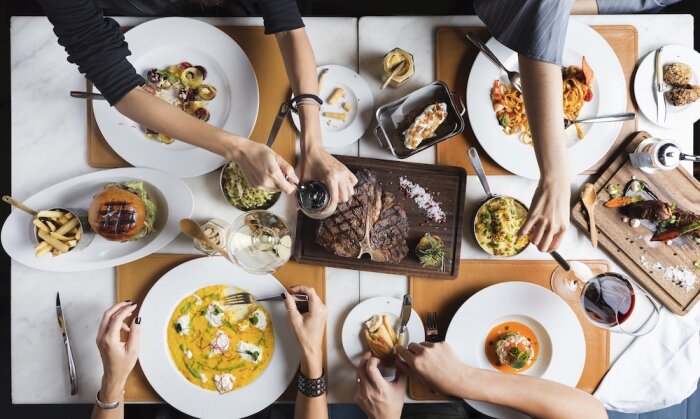 Modern dining, unknown author
Modern dining, unknown author